
The history of Midtown Kansas City is full of tales of fortunes made and lost in real estate, but the Plaza Westport neighborhood’s past tells a different kind of story. A real estate developer and builder there, Will Corbin, is remembered for finding a way to help working-class people in Kansas City afford the modern bungalows he was building in Corbin Park.
This post originally appeared on Jan. 18, 2016.

The Proctor farm in 1891, before development of Corbin Park began.
The Corbin Park area, the focus of today’s look back in history, was once the Proctor family farm, remaining undeveloped as early subdivisions like Bunker Hill were filled in around it. Charles Alfred Proctor came to Kansas City in 1869. He bought 12 acres of land in what was then Westport and built a home there. Although Proctor was trained and had worked as a physician, he gave up that profession, turned to real estate, and raised fruit on the farm as a hobby.
Proctor’s son, Charles O. Proctor, began developing the Plaza Westport property. Charles O. had bought and sold land in Johnson County, Kansas, including the sale of 560 acres to the Strang Railroad Line for the Overland Park subdivision. In 1900, he built a home at 4343 Jefferson on land that had been on the family farm, and he also sold a tract to the Corbin Realty Company, which became Corbin Park.

The same area after development began, in 1907.
As part of our Uncovering History Project, the Midtown KC Post is examining each block in Midtown. A set of 1940 tax assessment photos is available for many blocks.
Will Corbin’s name is not well-known in Midtown today, but in 1908, the author of a three-volume book, Kansas City, Missouri: The History and Its People 1898-1908, was full of praise for his contributions to the city’s development. The author, Carrie Westlake Whitney, was the Kansas City Public Library librarian and wrote of Corbin in glowing terms in her book.
In a history of business enterprise, especially in this age when fortunes are rapidly won, it is considered an unusual thing to find a man whose labors are a benefit to others and at the same time a source of income to himself, and yet the life work of Will F. Corbin has been of this class. He is widely known in Kansas City as a speculative builder whose labors have been of an important character, insomuch as they have provided homes for a large number of people who could not afford to make cash payments of the entire sale price. He instituted the installment plan in his building operations and many have benefitted thereby.”
Whitney writes that Corbin came to Kansas City in 1891 and worked in real estate. He built his own home at 1200 W. 39th. Whitney credits his company, the Corbin Realty Company, with doing something rare then.
“Mr. Corbin and his business associates designed houses for working people built them, and afterward sold the property on easy payments,” she wrote.
Corbin bought 20 acres between 20th and 23rd, Elmwood and Hardesty, sold vacant lots, and built tiny houses for laboring people. These were small homes: some had only one room and others just a few, but they were sold “on straightforward terms, small cash payments and monthly payments, just a little more than the house would rent for.”

A 1909 Kansas City Star advertisement for Corbin Park.
Corbin Park properties followed the same model after Corbin got involved. Whitney praised Corbin for running his company, serving as his architect, hiring workers, and supervising them himself without the aid of a contractor.
She also pointed out that the forty homes built were of the modern bungalow style, saying, “some of the most comfortable, convenient and pleasant homes that have ever been constructed have been built in this style of architecture.” She called Corbin the pioneer of the bungalow style in Kansas City.
“They are all of different design and are modern, attractive residences, some of them being numbered among the most beautiful homes of the city,” she said of the Corbin Park homes.
Not stopping there with her glowing praise. Whitney goes on to call Corbin’s work of an important character and an element in the architectural adornment and improvement of Kansas City.
“… by his labors, many a man of the working class has been enabled to secure a home of his own, where otherwise his wages would have gone into monthly rent, bringing no permanent returns.”
The photos below show more of the homes in Corbin Park as they looked in 1940. (Note: not all of the 1940s photos of Corbin Park are still available through the Kansas City Public Library.)
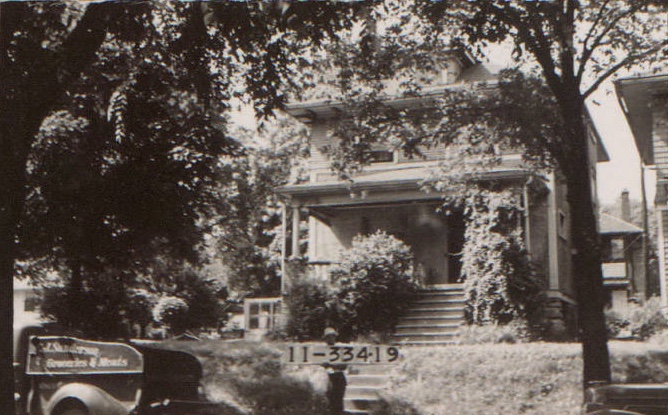
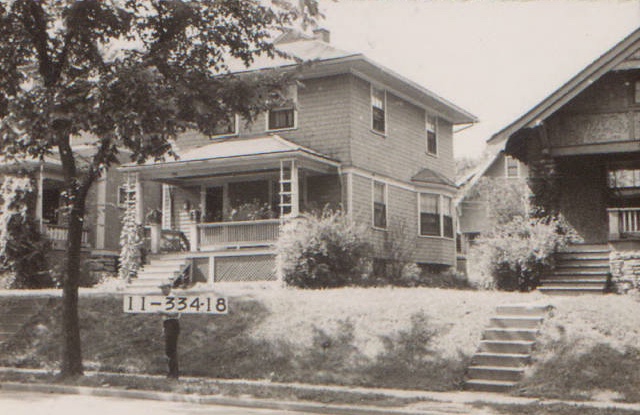
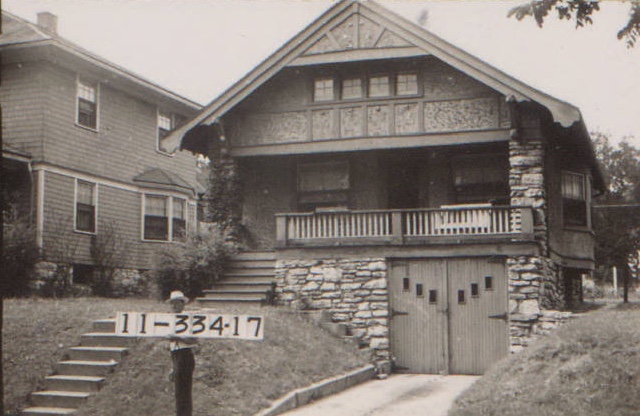
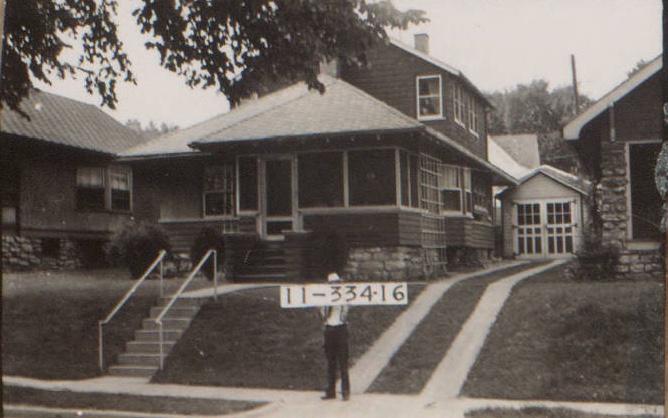
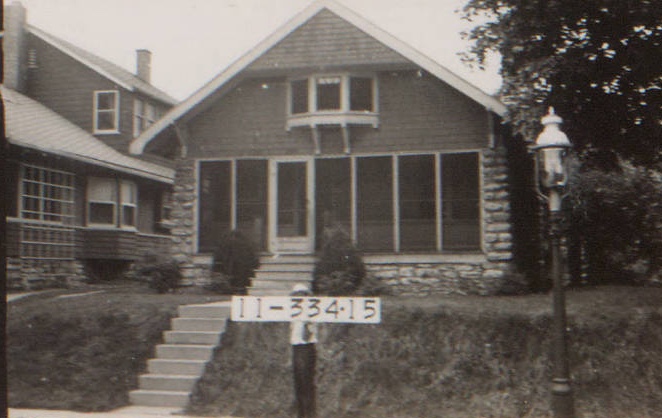
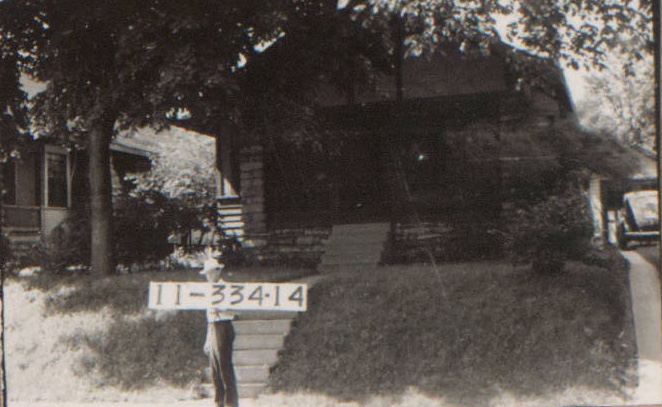
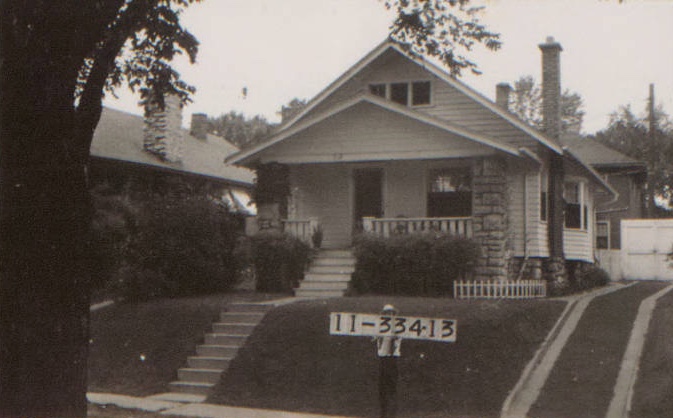
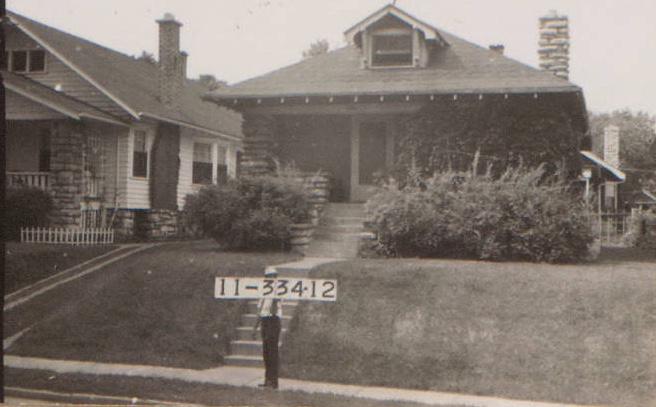
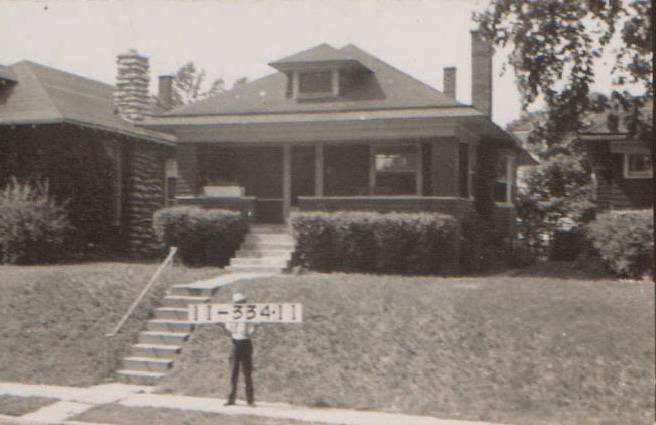
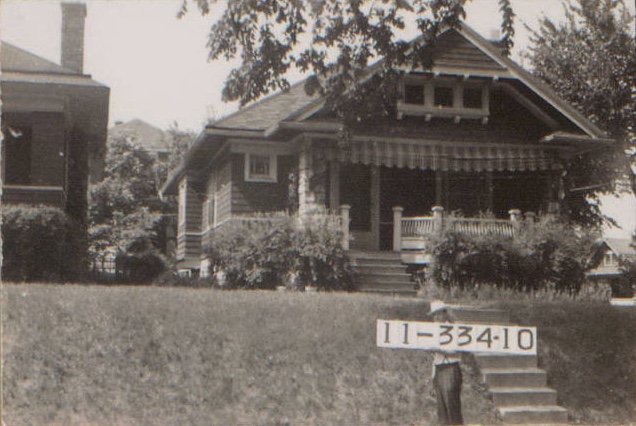
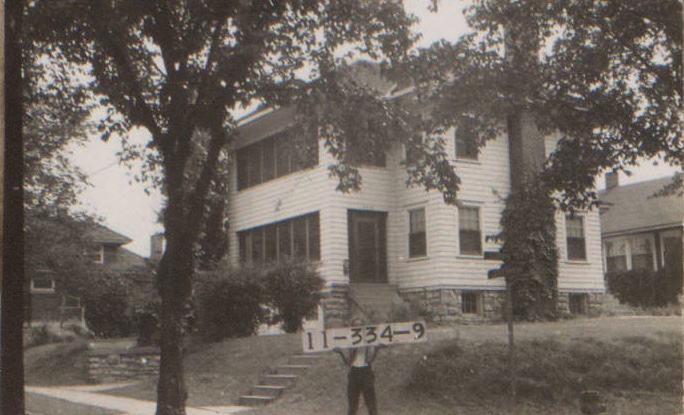
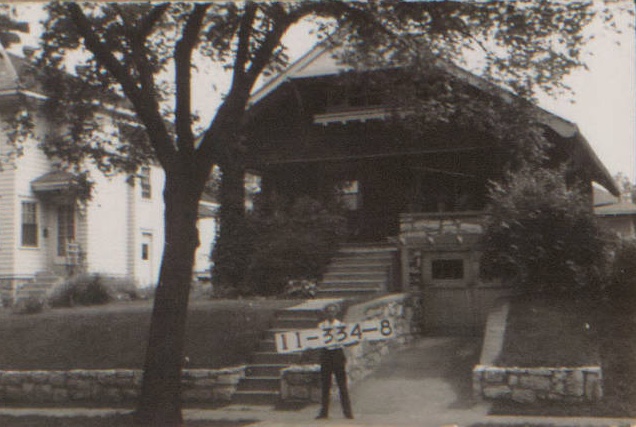
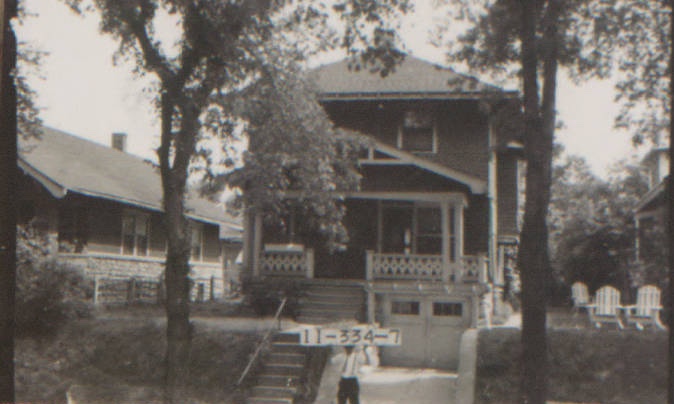

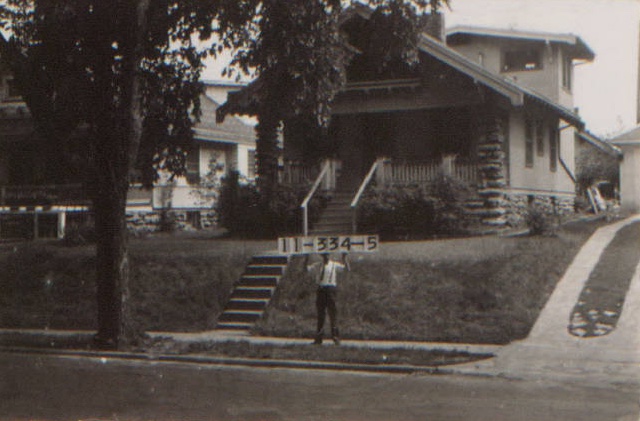
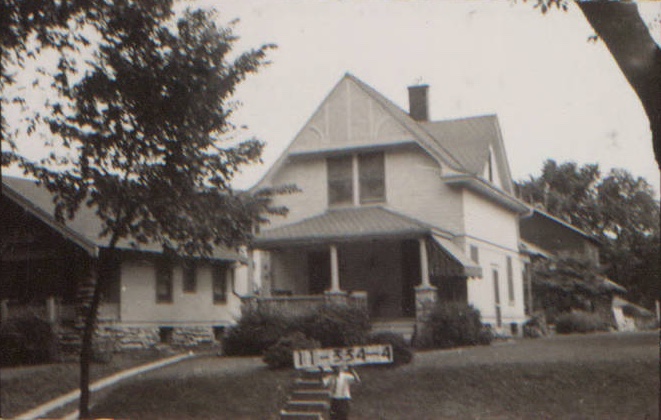
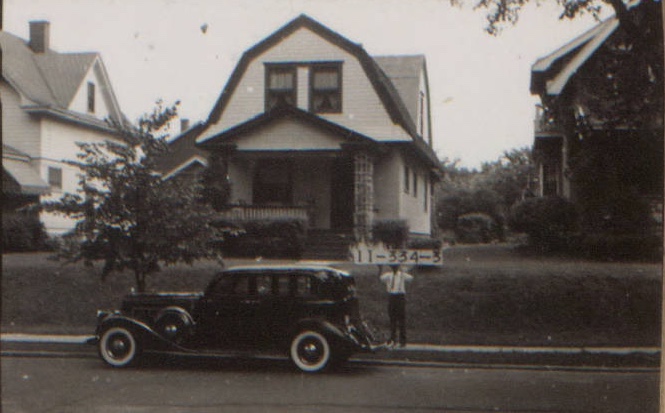
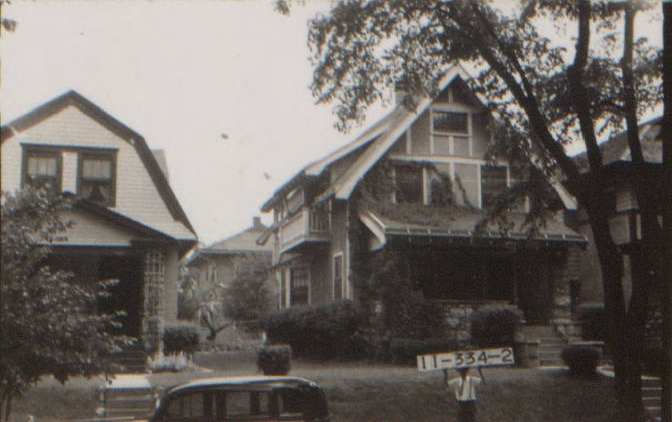
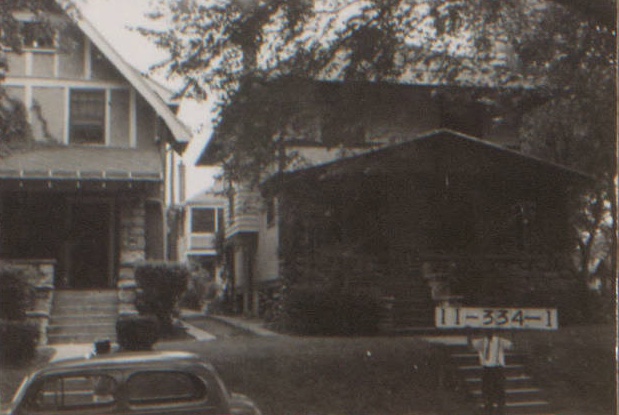
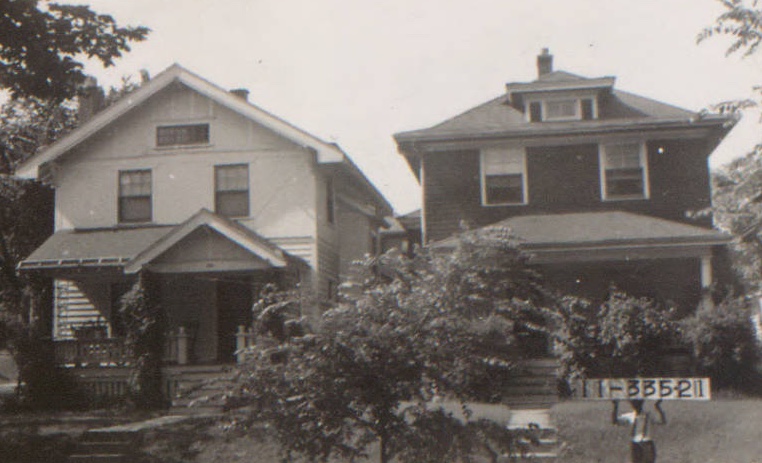
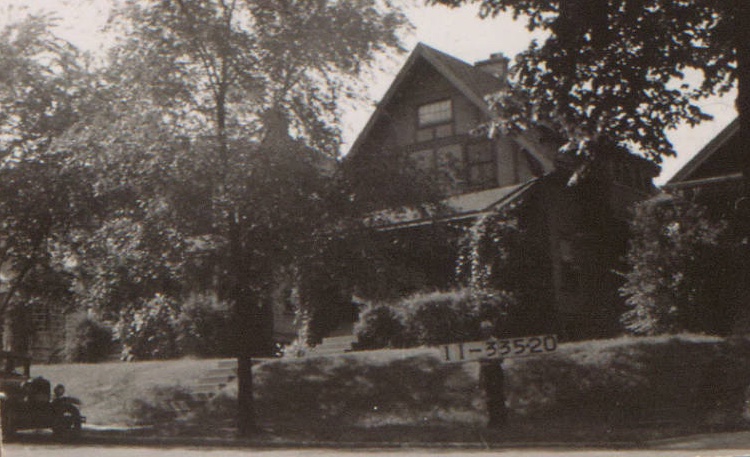
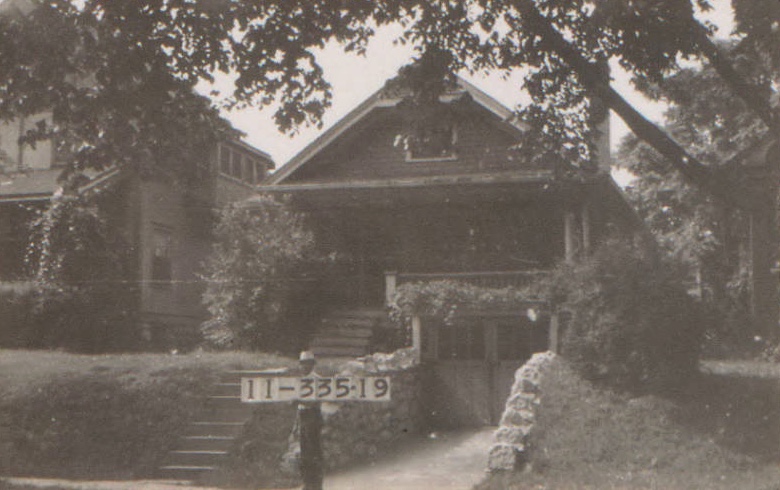
Historic photos courtesy Kansas City Public Library/Missouri Valley Special Collections.
.
Charles O Proctor his house he built at 4343 Jefferson as a child I used to play in there yard I lived in one of the bungalow on that block , always heard he gave lots and built homes for his workers and help , it was a large 21/2 or 3 story all brick with a large curved porch and balcony’s , would love to see a picture